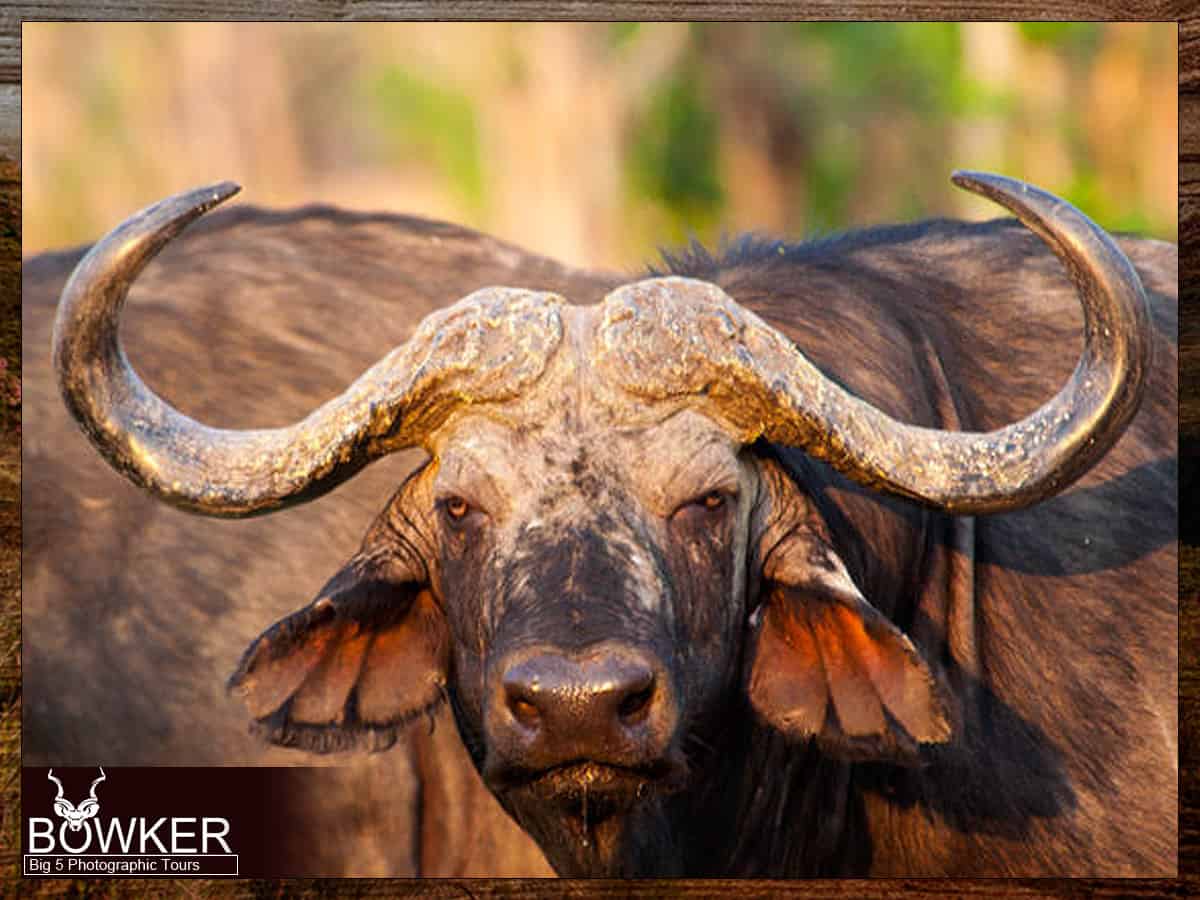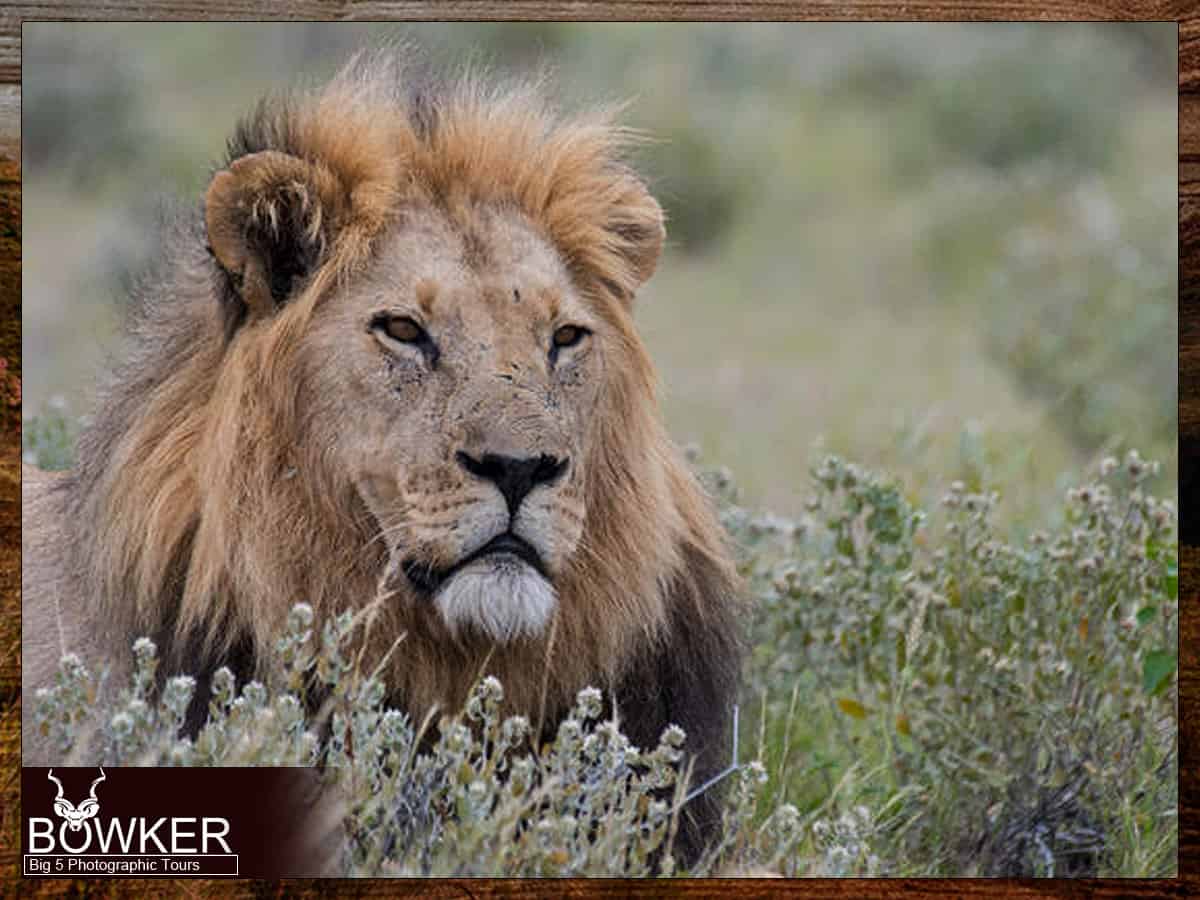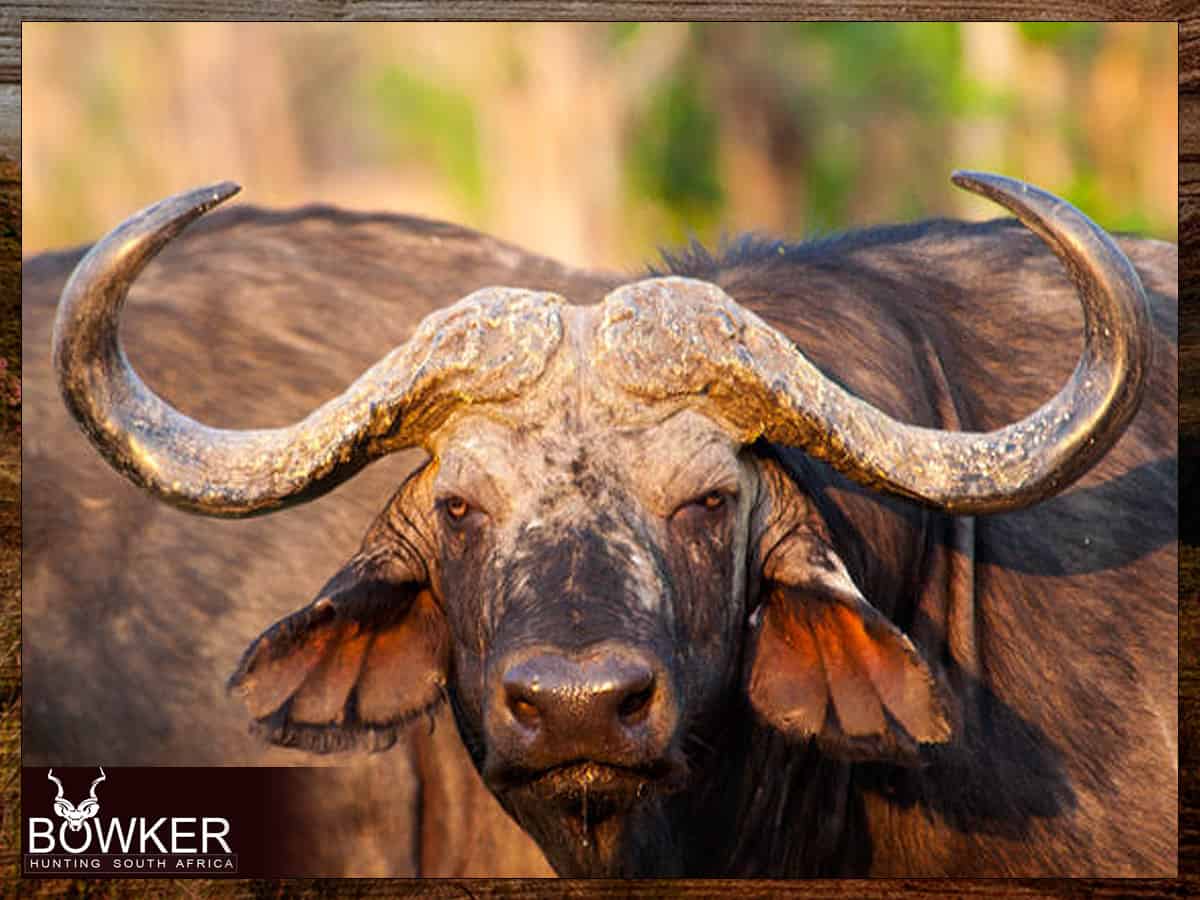Table of Contents
Addo Elephant Park Cape Buffalo
There are more than 400 Cape Buffalo in Addo Elephant National Park. They are now seen more often during the day with the introduction of lions.
Cape buffalo, scientifically known as Syncerus caffer caffer, are a prominent and fascinating species found in Addo Elephant National Park, which is located in the Eastern Cape Province of South Africa. These buffalo are also commonly known as African buffalo or simply buffalo. Here’s some information about the Cape buffalo in Addo Elephant Park:
Physical Characteristics of Cape Buffalo in South Africa
- Cape buffalo are large, robust mammals with a distinctive appearance. They have a dark brown to black coat, and their skin is thick and armored, covered in coarse, dark hair.
- Both males (bulls) and females (cows) have heavy, curved horns that meet at the top of the head, forming a continuous shield-like structure known as a boss.
- Their horns can span up to 1.5 meters (4.9 feet) from tip to tip.

Behavior and Social Structure:
- Cape buffalo are known for their social behavior and typically live in large herds, which can vary in size from a few individuals to hundreds.
- These herds are often led by dominant bulls that are responsible for protecting the group from predators.
- Within the herd, there is a complex social structure, and individuals may form strong bonds with one another.
- Cape buffalo are known for their sometimes unpredictable behavior and can be extremely protective of their group, making them one of the “Big Five” game animals in Africa, along with elephants, lions, leopards, and rhinoceroses.
Habitat and Diet:
- In Addo Elephant National Park, Cape buffalo can be found in various habitats, including grasslands, savannas, and woodland areas.
- They are herbivores and primarily graze on grasses, but they may also browse on leaves, shrubs, and other vegetation.
- Water is essential for their survival, and they are often found near water sources, especially during the dry season.
Conservation Status:
- Cape buffalo populations in Addo Elephant National Park and other parts of Africa have faced threats from habitat loss, disease, and poaching.
- In Addo, they are protected within the park’s boundaries and have the opportunity to thrive in a relatively safe environment.
- Efforts are ongoing to ensure the conservation and protection of Cape buffalo populations throughout their range.
Wildlife Viewing:
- Addo Elephant National Park offers visitors the opportunity to view Cape buffalo along with other wildlife on guided game drives and safaris.
- Observing these powerful animals in their natural habitat is a memorable experience and a highlight of many visitors’ trips to the park.
Cape buffalo are an iconic and integral part of the African savanna ecosystem, and their presence in Addo Elephant National Park contributes to the park’s biodiversity and the overall wildlife experience for visitors.
Disease-free populations of Cape buffalo in Addo Elephant National Park
Addo Elephant National Park has one of the largest herds of disease-free Cape Buffalo.
Various regions and conservation areas in southern Africa have established disease-free populations of Cape buffalo (Syncerus caffer caffer) through rigorous disease management and monitoring programs. These areas are dedicated to maintaining buffalo populations free from diseases like bovine tuberculosis (BTB) and foot-and-mouth disease (FMD). Some of the regions and countries where disease-free Cape buffalo populations can be found include:
- South Africa: Several private game reserves and national parks in South Africa have disease-free Cape buffalo populations. Notable areas include private reserves in the Eastern Cape and Limpopo provinces, as well as national parks like Kruger National Park.
- Namibia: Some game reserves and conservancies in Namibia have established disease-free buffalo populations. These areas are known for their wildlife conservation efforts and sustainable tourism practices.

Lions and Cape buffalo in Addo Park
The introduction of lions to Addo Elephant National Park in South Africa significantly impacted the Cape buffalo population and the overall ecosystem within the park. Here are some of the key effects:
- Population Control: Lions are apex predators, and their introduction helped control the Cape buffalo population. Before the introduction of lions, Cape buffalo numbers had been increasing, potentially leading to overgrazing and habitat degradation.
- Behavioral Changes: The presence of lions has influenced the behavior of Cape buffalo. In response to the predation risk, buffalo may change their grazing patterns, become more vigilant, and avoid certain areas frequented by lions. These behavioral adaptations can have cascading effects on vegetation and the distribution of other species.
- Diverse Ecosystem: The reintroduction of lions contributed to the restoration of a more complete and diverse ecosystem in Addo Elephant National Park. By controlling herbivore populations, including Cape buffalo, lions play a crucial role in maintaining a balanced predator-prey relationship.
- Natural Selection: Lions target weaker, older, or sick individuals within Cape buffalo populations. This selective predation can lead to stronger and more resilient buffalo populations over time. It’s a part of natural selection and contributes to healthier prey populations.
- Tourism Attraction: The presence of lions has enhanced the park’s appeal to tourists interested in experiencing a more complete African wilderness. Observing lions and their interactions with other wildlife adds to the overall safari experience.
- Scientific Research: The reintroduction of lions provides an opportunity for researchers to study the ecological dynamics and interactions within the park’s ecosystem. This research contributes to a better understanding of the complex relationships between species.
- Conservation and Education: The reintroduction of lions is seen as a conservation success story and raises awareness about the importance of preserving natural ecosystems. It educates the public about the challenges and benefits of reintroducing apex predators.
Overall, the introduction of lions to Addo Elephant National Park helped restore ecological balance, control herbivore populations like Cape buffalo, and contributed to the park’s long-term health and stability. It is an example of how carefully managed reintroductions of apex predators can have positive effects on both wildlife populations and the broader ecosystem.
